Grace Albritton Camellia Japonica – 1 Gallon Pot
$48.97 Original price was: $48.97.$34.28Current price is: $34.28.
SKU: D2LSC 755873549 Category: Camellias
- Fast and Secure Payments
- Shop with Peace of Mind
- Get the quality you deserve, for less.
- The home of quality products.

Grace Albritton Camellia
Camellia japonica ‘Grace Albritton’
Plant Details
USDA Plant Hardiness Zones: 7a-9b Find Your Zone
Plant Type: Evergreen Flowering Shrub
Species: Japonica (Winter, Spring blooming)
Height at Maturity: 10-12′
Width at Maturity: 8′ or so
Spacing: 5-6′ for solid hedges; 12’+ for space between
Spacing: 5-6′ for solid hedges; 12’+ for space between
Flower Color: White and Shades of Pink
Flower Size: Large, 4″
Flowering Period: Late Winter, Early Spring
Flower Type: Fully Double
Fragrant Flowers: No
Foliage Color: Rich Green
Fragrant Foliage: No
Berries: No
Berry Color: NA
Sun Needs: Morning Sun with Afternoon Shade or Filtered Sun, All Day Filtered Sun
Water Needs: Average, Lower when established
Soil Type: Clay (amended), Loam, Sand (amended), Silt
Soil Moisture / Drainage: Well Drained Moist
Soil pH: 5.0 – 6.5 (Acid)
Maintenance / Care: Low
Resistances: Deer, Drought (when established), Heat, Humidity
Intolerances: Direct Afternoon Sun, Constantly Soggy Soil
Attracts: Visual Attention
Description
With so many beautiful faces it’s really difficult to describe the Grace Albritton Camellia. What we can say is that if you want to add a totally unique and elegant appearance to the garden – look no further. The Grace Albritton Camellia presents its large, uniquely colored, fully double, white to shades of soft pink flowers with multiple variations and patterns of markings in shades of lavender, pink or red in late winter and early spring. The flowers also appear in various forms and petal formations. One thing for sure, when Grace Albritton is blooming in late winter into spring she will surely catch the eye of every passerby. Lustrous rich green leaves provide a wonderful backdrop for the gorgeous flowers, which are excellent for cutting to display in your favorite vase.
Landscape & Garden Uses
Growing 10 to 12 feet tall and 7 to 8 or so feet wide, the Grace Albritton Camellia can be grown as a shrub or small tree. As a shrub it is ideal for use as a specimen, in groupings or as a hedge or background plant in partially shaded landscape borders and is especially nice as a corner plant or espalier (trained to grow flat against a wall) in home foundation plantings. As this camellia grows taller lower branches can be removed to form a small evergreen tree that serves well as a highly attractive focal point specimen in landscape borders and home foundation plantings. A fine addition to camellia gardens, cottage gardens, and cut flower gardens. Also suitable for containers that can be brought indoors during winter by those who live and garden above USDA Zone 7a, where this variety is not reliably winter hardy. Find Your Zone
Suggested Spacing: 5 to 6 feet apart for solid hedge; 12 feet or more apart for space between plants
Note: For our customers who live and garden north of USDA Plant Hardiness Zone 7a, where this Camellia variety is not reliably winter hardy, you’ll be happy to know it can be grown in containers that can be brought indoors during winter and placed back outside when temperatures warm up in spring.
Growing Preferences
Camellia adapt well to various soil types however prefer a moist but well-drained acidic soil that is rich in organic matter. Constantly soggy soil is a slow killer. In general, Camellia grows and blooms better in partial shade with some shelter from the hot afternoon sun. Morning sun with afternoon shade or filtered sunlight is perfect. All-day filtered sun is fine.
Helpful Articles
Click on a link below to find helpful advice from our experts on how to plant and care for Camellias.
- Planting Camellias
- Pruning Camellias
- How To Fertilize & Water Camellias
- How To Espalier Plants & Trees
*Espalier (pronounced: ih-spal-yay) …an ornamental shrub or tree that has been trained to grow flat against a wall, fence, or other vertical, flat surface.
Plant Long & Prosper!
Meet The Wilson Brothers & Staff
Questions? Contact Us
Be the first to review “Grace Albritton Camellia Japonica – 1 Gallon Pot” Cancel reply
Related products
-30%
-30%
-30%
-30%
-30%
-30%
-30%
-30%


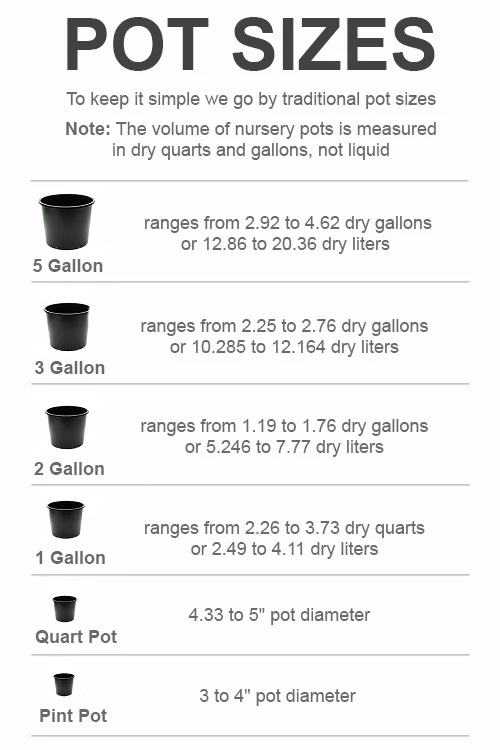

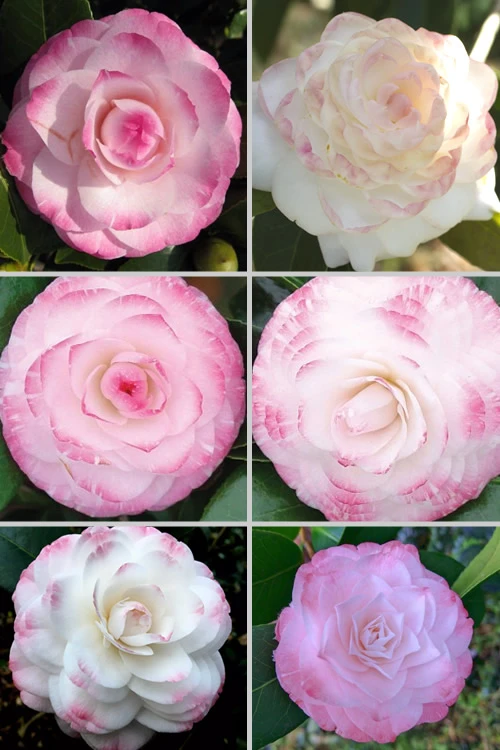
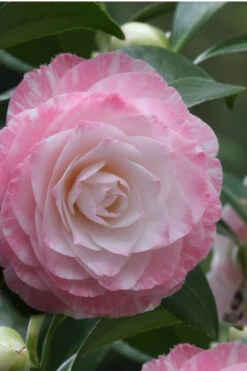
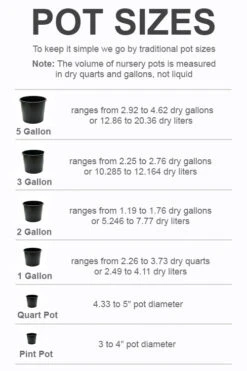
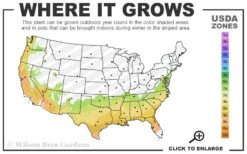

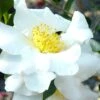
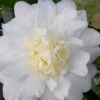

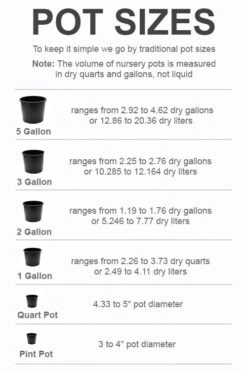
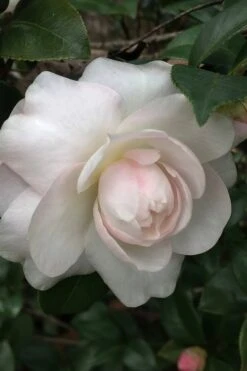



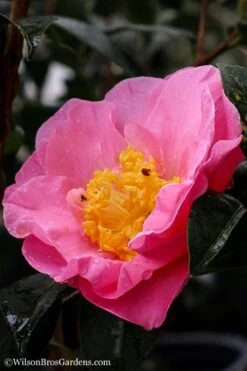
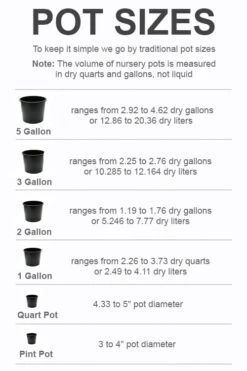


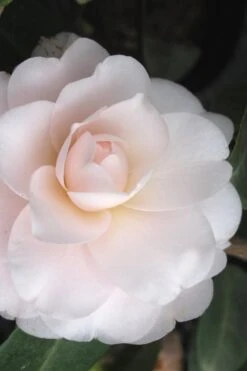
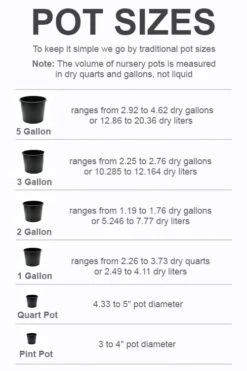
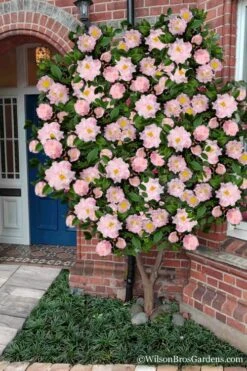

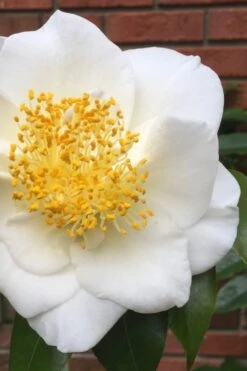
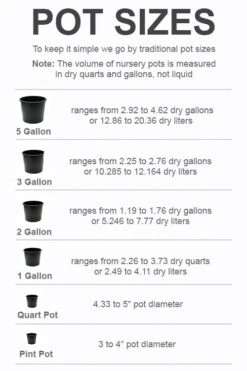
Reviews
There are no reviews yet.